Build Your Base: My Complete Beginner's Woodworking Toolkit!
Everything you need to finally stop reading and start building – even if you're a complete beginner.
Beginner’s Toolkit Complete!
Welcome back to The Woodworking Shed! This week, I’m celebrating a huge milestone: my beginner’s woodworking toolkit is officially complete!
It’s been a long time in the making, and caused more than a few headaches along the way, but I’m excited to be able to showcase this huge step in my woodworking journey.
In this post, we’ll be looking at the completed toolkit, discussing a few additions and taking a look at what tools will make a future appearance as I take my toolkit to the next level!
New to The Woodworking Shed?
Catch Up: Explore every episode in this series and more on the index page!
Last Episode: Missed the last episode? Dive in here:
Join the Community: Subscribe for free to get the latest projects, tips, and tales from The Woodworking Shed. Let's build something together! 🪚
Where It All Began
February… That’s when I first unveiled my plans for my beginner’s woodworking toolkit. The plan was simple: build a toolkit that covered the basics, with no gimmicks and without breaking the bank. Oh, and don’t forget quality!
With most of the tools I wanted to buy, I had zero prior experience with. I’ve had to learn everything as I go, which has been a huge challenge.
Here’s a link to the post where it all started. Where you can see why each tool was added to the list.
The challenge was quality on a budget, there’s no high-end tools to be seen here, and there’s no rubbish either!
Some of the tool choices were a journey all by themselves, and if you do want to know the reasons behind each purchase, you’re in luck! Just check out my previous toolbox posts!
Finally, after all the planning, research and headaches, the moment is finally here to reveal…
The Woodworking Shed Beginner’s Toolkit!
It's taken a while but it's finally finished! Everything is here with a few extras too. It's a great feeling to finally have a woodworking toolkit and to be able to practice the skills I've only been able to read about or watch!
Now all that's missing is a workbench, and I'll be really ready to rock and roll!
Let's take a look at what's inside! There are a few new additions from the original post, I've highlighted them in the lists below.
If you want to know more about these tool choices, make sure to check out my other toolbox posts!
The Core Woodworking Tools
Here's the final list of woodworking tools, ready to go!
Ryoba saw
Chisels
Mallet
Hammer
No.5 Jack Plane
No.3 Smoothing Plane
Sharpening Kit
Marking & Measuring Essentials
The woodworking tools would be nothing without these!
Combination Squares
Steel Rule
Tape Measure
Carpenter's Square
Dividers
Marking Gauge
Bevel Gauge
Digital Callipers
The Unexpected New Additions
I never expected the original list to be exhaustive. There was always going to be at least a couple of additions! It’s worked out that they're mostly marking & measuring tools, clearly I underestimated that one!
A couple of these came about through community recommendation, thanks
. Let’s take a look, shall we?Hammer
A new purchase for the storage shed project, it didn’t seem likely that I would be able to build it with just a mallet!
What a purchase it was, it’s so well balanced it makes you feel like an expert nail driver when using it. Who needs a nail gun when you have one of these!?
I didn’t plan on including this in my woodworking toolkit as i’m not expecting to be using many nails once I start with woodworking projects. But, it’s such a great tool that it deserves to be included.
Carpenter’s Square
Also known as a speed square, but that's a brand name from Swanson. I like to name things properly!
I was going to buy a Swanson speed square, but the metric version isn't up to the same quality standards as its imperial counterpart. Disappointing…
I ended up going with Presch, an affordable brand with great reviews, and let’s be honest, I liked the colour too!
That aside, wow, is this a good tool! It's just so versatile. Measurements, lines, angles, it's got it all!
Dividers
Here's one that never even crossed my mind… They're used for measuring and transferring distances, and scribing arcs. They're a bit like a bevel gauge for straight lines. When you think of it that way, you can immediately see the potential benefits!
They’re often used for walking out equal distances for things like dovetail joints.
Digital Calipers
The forgotten tool… I use one almost every day at work, and yet it didn't even cross my mind that it could be so useful for woodworking. Useful for measuring thickness, internal widths, and even hole depths. A truly versatile tool.
I managed to save some money here because while browsing, trying to find one to buy. I remembered I had a spare one stashed at work that I’ve had for years! All it cost me was a couple of replacement batteries. Bargain.
Honing Guide
The original plan? Learn how to freehand sharpen. But I chickened out… My chisels and planes are the most expensive part of this toolkit, and there's no way I want to mess up those perfect bevels by learning to sharpen the hard way!
I would love to ditch the honing guide in future and learn to freehand sharpen, but that can wait until I have something cheaper to ruin! Perhaps I'll buy an old chisel from a car boot sale…
Beyond The Basics: What’s Next for The Toolkit
Is anyone ever completely content with thier toolbox? I've already got my eye on a few future purchases to make my woodworking toolkit more comprehensive! Here's what I've got planned:
Block Plane
There's been a lot of community suggestions to get a block plane - And I've heard you! It's on the list.
I can certainly see the advantage of having a small, low angle plane for end grain work and getting into those hard to access places!
At a glance, the block plane is a lot like bench planes in that there are so many to choose from! So I have some research ahead of me on this one…
Which block plane would you suggest adding to my toolkit? Let me know in the comments!
Another Japanese Saw
I took a chance buying the Ryoba, and it paid off big time! I love this saw, but I'd also like to have one with a supported blade for making more precise cuts. I believe they're called a Dozuki!
This will mean that I have the Ryoba for stock preparation and the Dozuki for finer work like cutting tenons and dovetails. The supported blade should be much better at producing precise cuts and it maintains the pull saw style that I've gotten used to and love!
Jointer Plane
This one was always on the list. If you read my recent posts on buying planes, you'll already know!
I want to have one of each type of bench planes. I already have the smoothing plane and the jack plane covered so all that's missing is the big boy, the jointer.
It didn't form part of my beginners toolkit for budget reasons. It was also more of a want than a need. A jointer isn't an essential tool, a lot of woodworkers, even famous ones like Paul Sellers don't use them. For me, it’s about completing the traditional bench plane trio - I won't consider my toolkit complete without one!
Hand Drills
Hand drills didn't make the cut for my essential beginner’s toolkit, they almost did, because they're so affordable and add to the traditional feeling I was aiming for.
However, as with most people, I already owned a power drill. It didn't make sense to spend money on drills when I already had that base covered. Especially when the goal was to try and build a woodworking toolkit fairly cheaply.
In the future I'd like to remove the power drill from the toolkit and replace it with an eggbeater and drill brace to complete that traditional feeling!
And the Rest…
I’m sure there will be more, which toolkit is ever complete?
I do want to keep my toolkit lean, though. Only adding tools that will have a real, regular use. I also have to consider space with every purchase, with a small workshop, space constraints are an ever-present issue!
Now, Let the Woodworking Begin!
I feel like with the completion of this toolkit, a huge milestone has been reached in my woodworking journey.
I can't wait to get all of these tools into regular use and develop my toolkit further. As I keep advancing as a woodworker, I'm certain to find tools that aren't as essential as I thought. And others that I didn't have to start to be essential. - I'll be sure to let you know!
Time to stop talking about them and start using them!
How You Can Help!
Just hitting that like button on my posts helps me to get The Woodworking Shed noticed!
If you'd truly like to support my mission to make woodworking more accessible, you can do so by becoming a paid subscriber or by buying me a coffee!
Early bird paid subscribers get 33% off forever!
Your support directly enables the growth of The Woodworking Shed and supports accessible woodworking!
Look forward to hearing from you -
~ The Woodworking Shed
Hungry for more?
Check out my other content! Head over to the homepage to find it all!

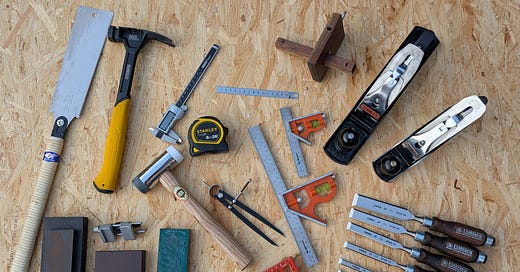


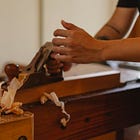

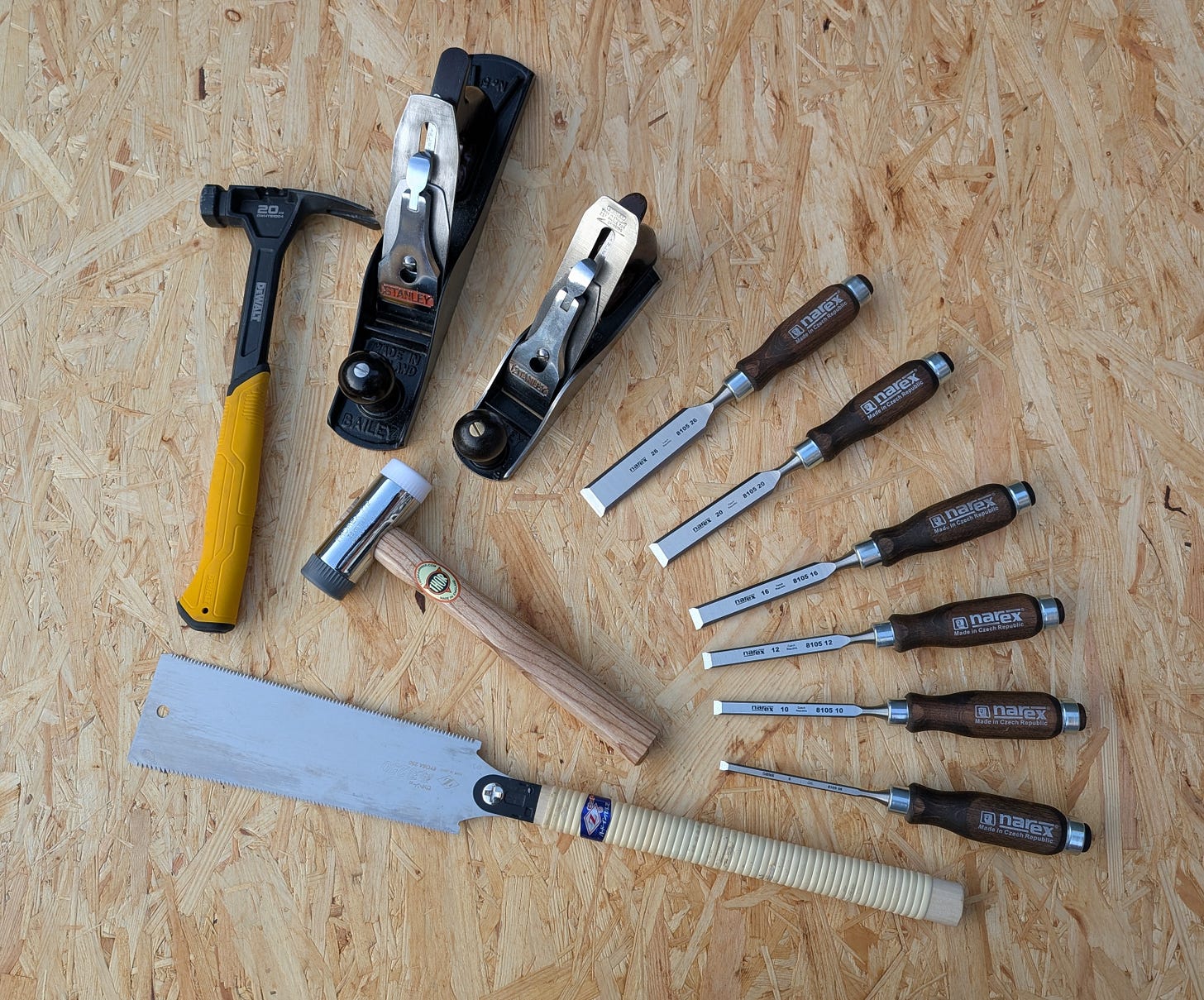
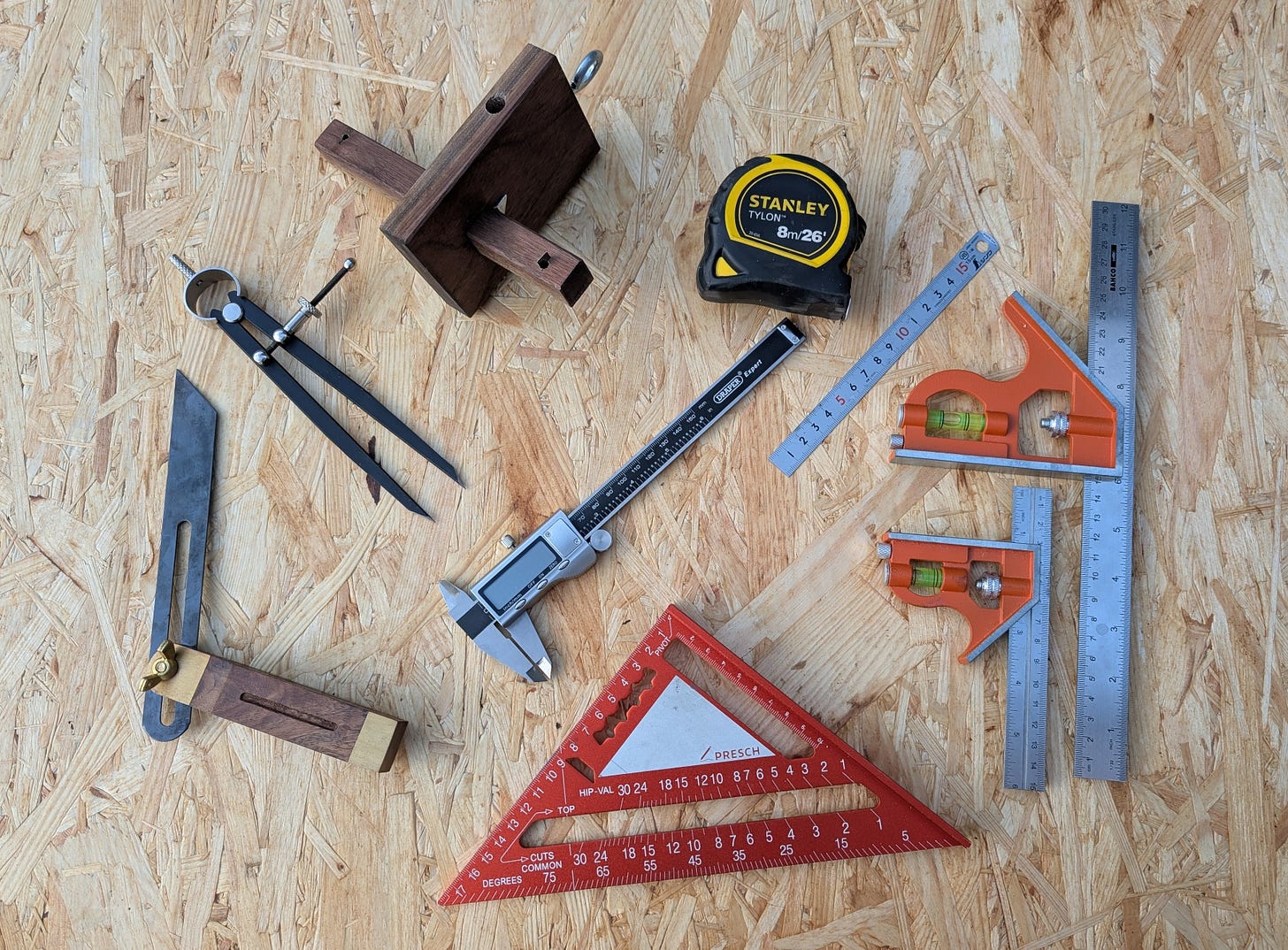
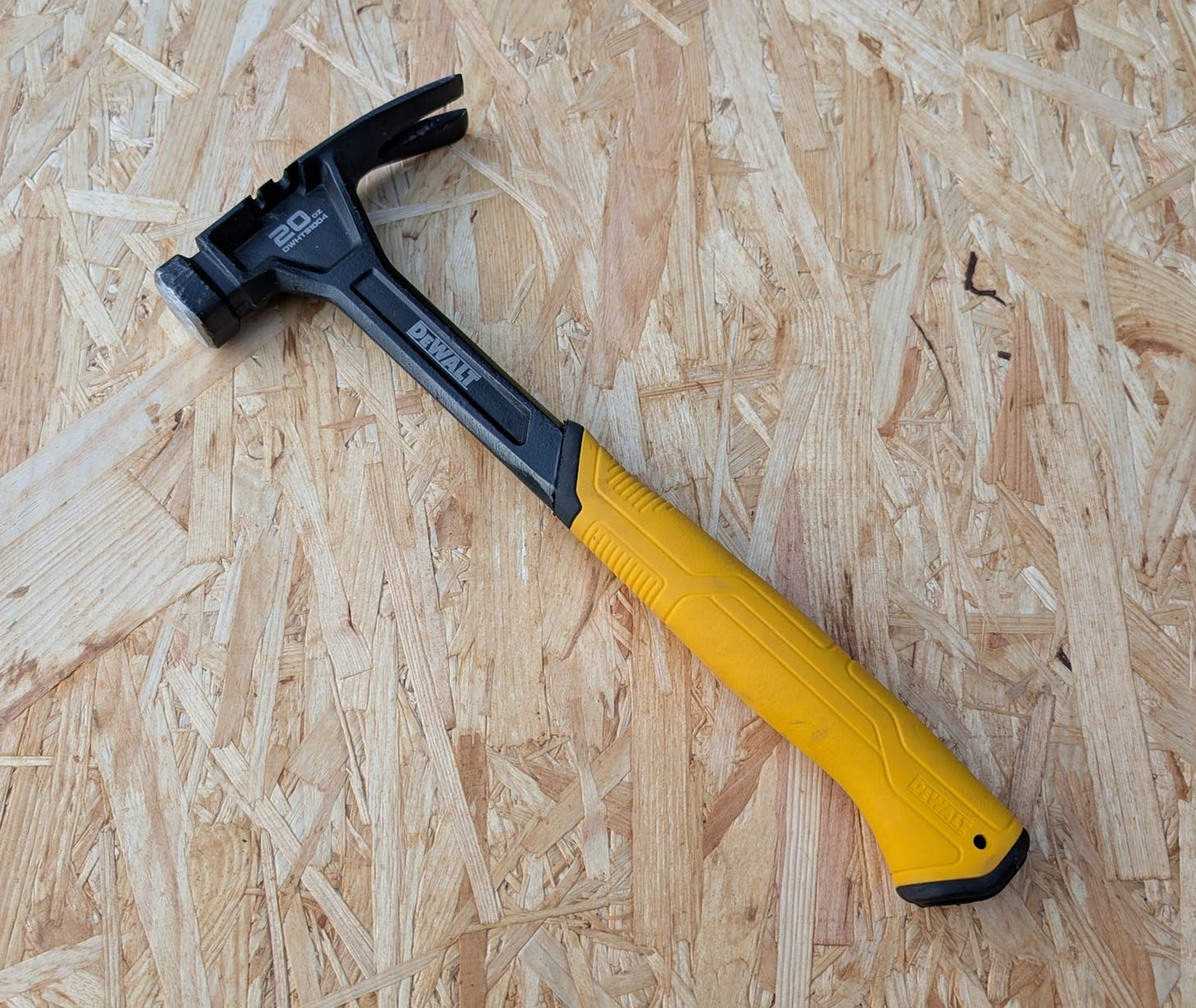

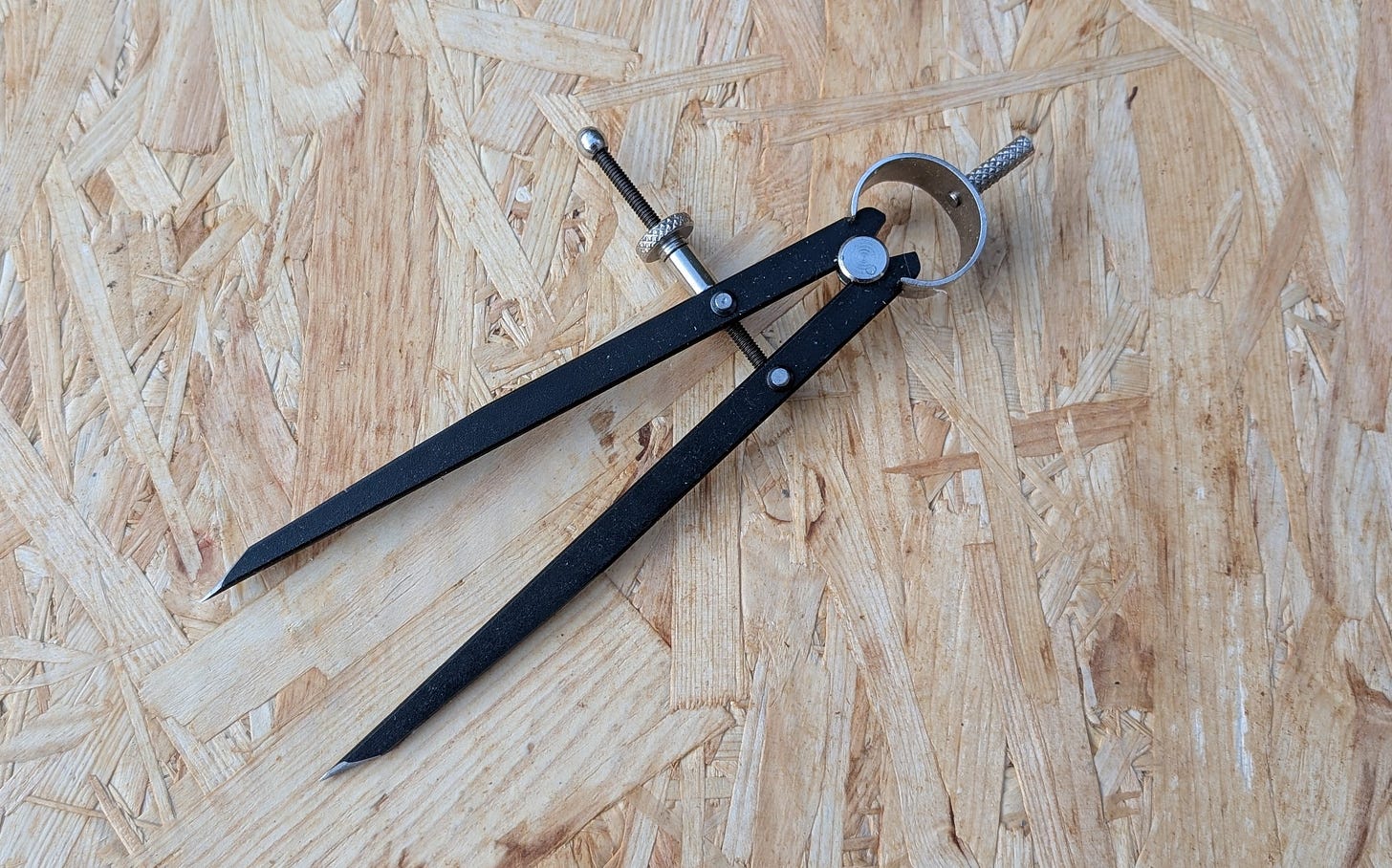
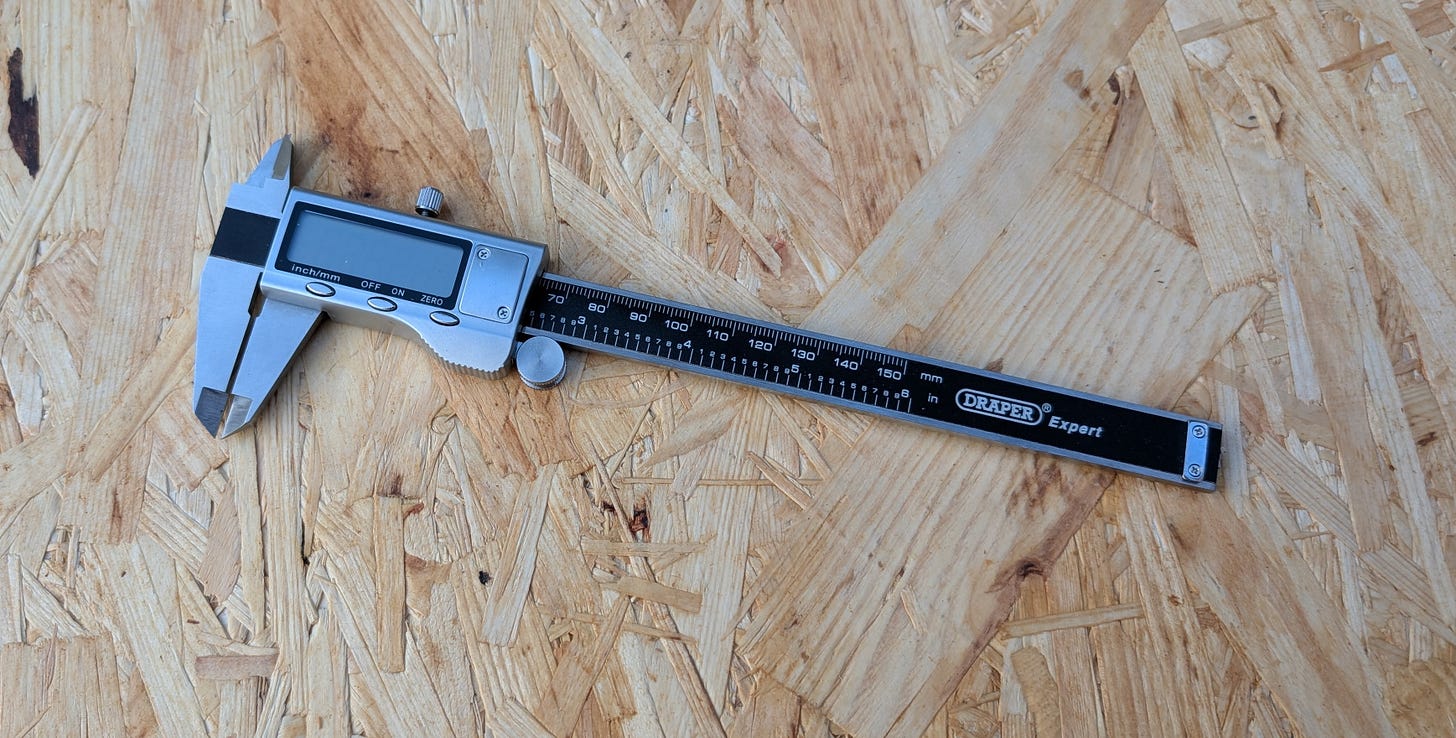
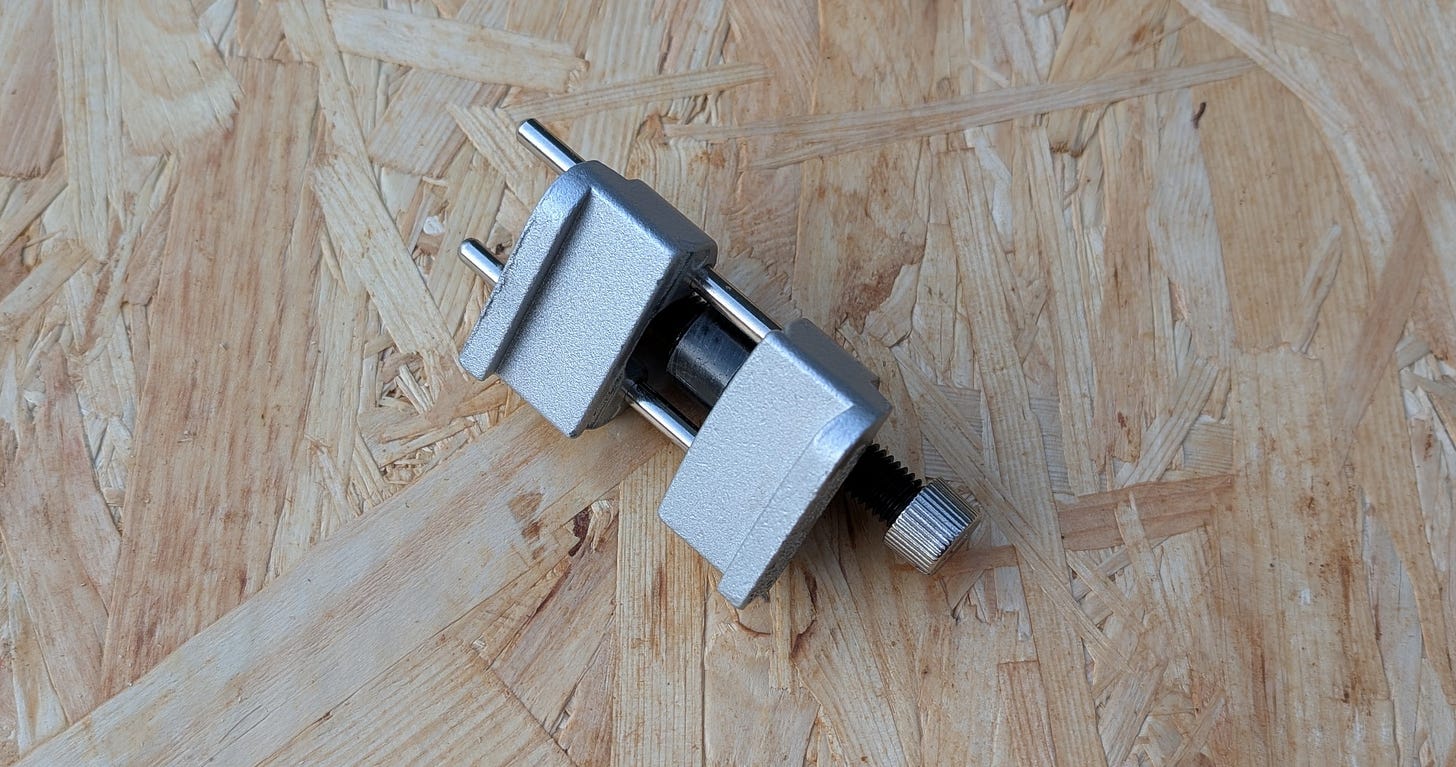
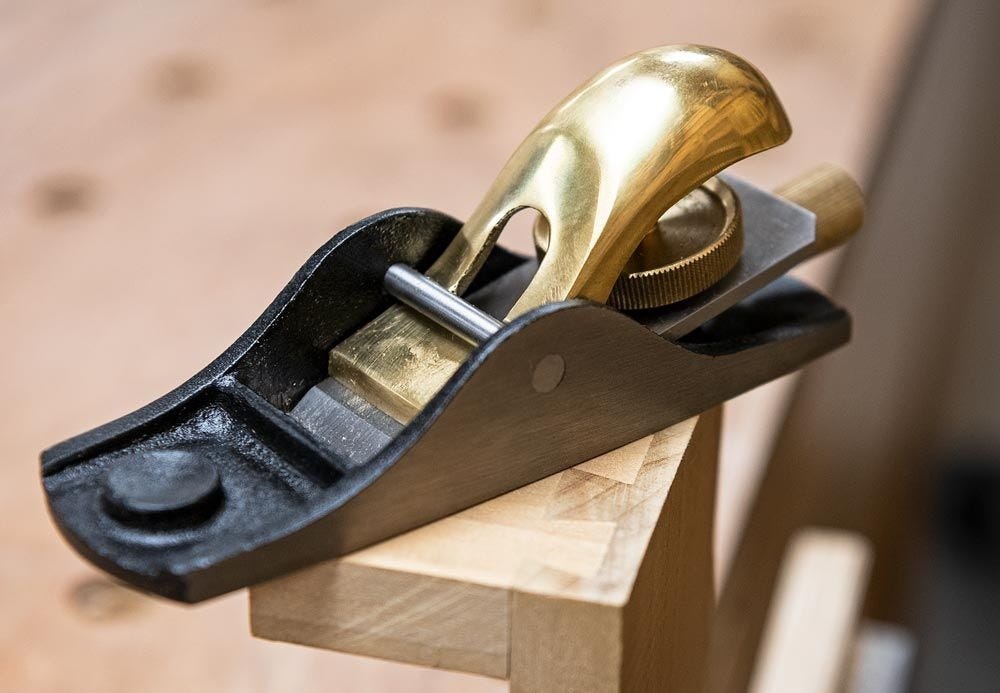
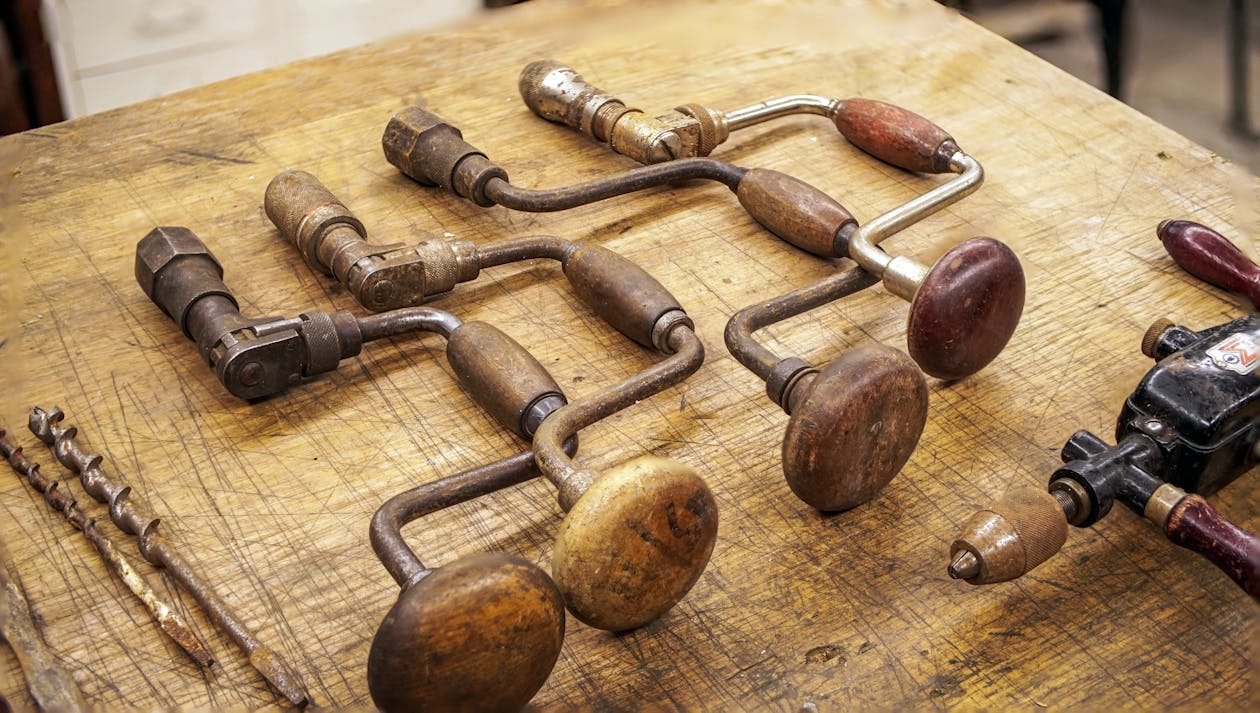

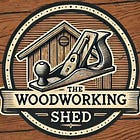
On block planes—as Chris Schwarz notes in ATC, there’s little reason to buy any block plane other than a low angle with adjustable throat. I bought mine 40 years ago and never regretted it—95% of the time that’s the one I reach for, and half the time I *do* pick up another, I put it down and go find the LA.
The veritas low angle block plane is really quite good, and so is the Lie Nielsen. They adjust a little bit different from each other.
You might try a ECE Primus wooden bodied block plane. They are really nice. If you can get your hands on one with the Lignum Vitae sole you will like it more (no longer being made but new ones are still out there).
I have regular Stanley block planes 9 1/2 and 60 1/2 and A Kunz 9 1/2. I plan to get a new Primus I like them all. I had to do some work on the bottoms and do a little filing to get the Stanley tools in shape. I replaced the Blades with Hock blades for the Stanley tools. The Hock blades don’t fit the Kunz. The thicker blades make these much nicer. But by the time you buy the better blades you might as well buy the better tool overall.